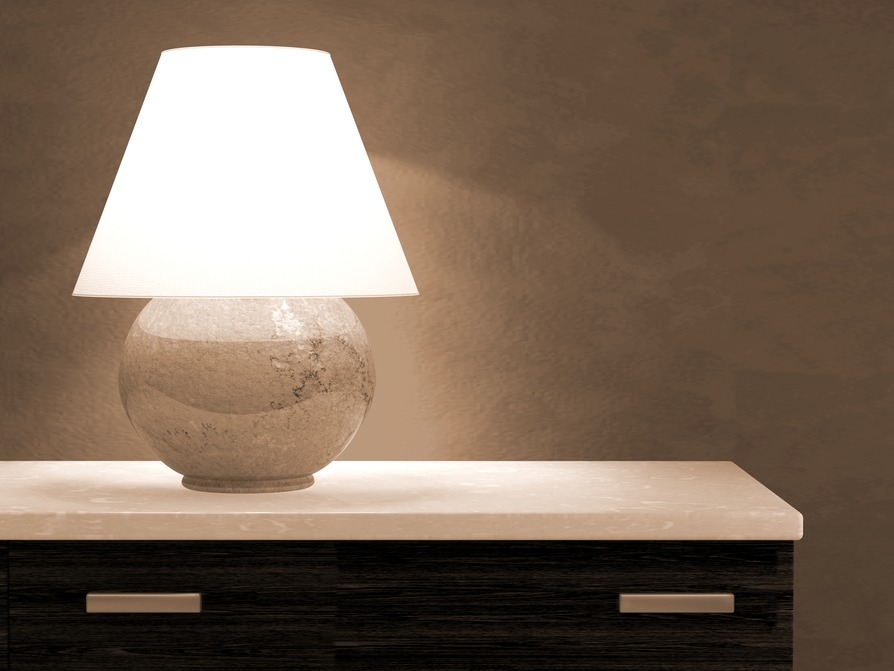A reverse mortgage lets you cash in your home equity without selling your home. The catch? You’ll pay hefty fees. Maybe one of these alternatives would work better for you.
If you’re 62 or older, a reverse mortgage lets you keep your house and receive a lump sum or monthly payments that you don’t have to pay back until you move out or pass away.
Although that can be a blessing if you’re house-rich but cash-poor, the reverse mortgage’s biggest pro (you get cash) comes with cons. Closing costs are steep. And if you spend your home equity early in retirement, you might come up short later in life if you have high medical bills, have to pay for long-term care, or your living expenses outpace your investment income.
Before you commit to an expensive reverse mortgage, it pays to consider alternatives. Maybe one of these seven options will solve your problems.
Related: The Pros and Cons of Reverse Mortgages
1. Rex Agreements
In a Rex agreement, you agree to sell the future increase or decrease in your home equity. The company buying your equity gives you a lump sum based on your home’s value, how much of your future equity you’re willing to sell, your financial history, and your home’s current condition. A typical Rex agreement would give you about 12.5% of your current home’s value.
With a Rex agreement you don’t have monthly payments or interest charges as you would with a reverse mortgage. When you sell your home, the Rex agreement company gets repaid by taking the agreed upon share of the increase or decrease in your home’s value.
Good option for: Paying off a one-time expense like an existing mortgage or a big medical bill.
Probably won’t work if: You have bad credit or a big mortgage. You’ll need a solid credit history and at least 25% equity in your home to qualify for a Rex agreement.
Cautions: Watch for low-ball appraisals, which can come back to haunt you when you sell and split the profits. Your Rex payment is tax-deferred, not tax free — you’ll need to pay Uncle Sam eventually so consult a tax adviser.
2. Sell Your Home To Your Children
Planning to leave your home to your children? You could sell it to them now and have them pay you a monthly income or a lump sum. You could set it up like a Rex agreement, where you agree to pay your child a share of the profits when you sell your home in the future. Or, you could sell a portion of your home, say 49%, to your child for a lump sum or via a mortgage (if you want monthly income from your child).
A sale will have tax and estate planning ramifications; working with tax and legal advisers will be a must if this reverse mortgage alternative appeals to you.
Good option for: Parents whose children have high incomes.
Probably won’t work if: You don’t trust your children 100%, or don’t want to do business with family members.
Cautions: When selling your house to someone else, even a child, you may lose the right to live there. Put your agreement in writing and have a lawyer review it.
3. Home Equity Line of Credit (HELOC)
A HELOC gives you money you can use for anything you want. With most HELOCs, you make interest-only payments the first 10 years, and you may even be able to write off the interest come tax time.
You don’t have to pay off your existing first mortgage to get a HELOC. Since the average life expectancy of a 65-year-old is 19 years, a HELOC might get you through half of the rest of your life.
Good option for: Seniors who want the security of knowing they can pay unexpected expenses in the future. Older homeowners whose life expectancy is 10 years or less.
Probably won’t work if: You have weak credit, can’t show enough income to cover the monthly payment, or you’re trying to get rid of all your monthly mortgage payments.
Caution: The lender can shut down your HELOC if your income or home value fall.
Related: The Risks of HELOCs
4. Refinance Your Existing Mortgage
If you have an existing mortgage and the monthly payments are too high, consider refinancing or recasting to lower your payment. You’ll pay less each month, but more overall, if you refinance.
Thanks to the federal Home Affordable Refinance Program (HARP) you may be able to refinance even if you owe more than your home is currently worth. If you have plenty of assets, but little income, talk to a Fannie Mae lender. The secondary market giant has a program allowing borrowers who fail to meet income standards to refinance if they can show they have 12 months of payments in a bank or retirement account.
Good option for: Homeowners with relatively small outstanding mortgages and the ability to prove they have enough income or assets to repay their refinanced mortgage.
Probably won’t work if: You have no income and few assets.
5. Rent Out Part of Your Home
Even though you love your home, if it becomes a financial burden, you may need to consider options other than borrowing. You could sell your house and downsize into something more affordable.
Want to stay where you are? How about renting a room in your house or having a child or other relative move in and share expenses? You pitch in with laundry or cooking. They pitch in with cash. The grandkids get to spend more time with you. Everyone wins.
Good option for: Homeowners with empty bedrooms and congenial attitudes.
Probably won’t work if: You’re particular about how people treat your things, or you don’t get along well with your family.
Caution: Have your new housemates purchase renters insurance. Even if they’re relatives, they might not be covered by your homeowners insurance. Do a credit and background check on unrelated potential housemates.
Related: More Ways to Make Money off Your Home
6. Get a Job
You may not want to return to your career full time, but you can probably pick up extra cash by returning to work part time or seasonally. Use the money for current expenses or to pay off your existing mortgage.
Good option for: Healthy, mobile seniors.
Probably won’t work if: You can’t handle the stress of working.
Caution: Your Social Security benefits can be trimmed if you earn too much ($15,120 per year in 2013). Check to see how your retirement and health care benefits might be affected.
7. Seek Public Assistance
You may qualify for public assistance and not realize it. The National Council on Aging’s BenefitsCheckUp will tell you if you’re a candidate for one of more than 2,000 federal, state, and private benefits programs.
Good option for: Everyone
Probably won’t work if: You don’t try it. Even wealthy seniors sometimes qualify for programs like property tax exemptions.
Seek Other Options to Pay Medical Bills
A good number of reverse mortgage borrowers take cash out of their homes to pay medical bills. If you’re one of them, consider these alternatives:
Try to find billing errors. Ask for an itemized bill, the pharmacy ledger, and your medical records from any healthcare provider sending you a large bill. Make sure each charge is for a medication, treatment, or service you actually got and that you were billed only once for each item.
Share your financial problems with your healthcare provider and ask for a payment plan you can afford, even if it’s only $10 a week.
If the bill comes from a healthcare facility, check to see if they’re required to provide free or reduced-price services under the Hill-Burton Act. If they’re still under Hill-Burton, you can apply for your costs to be covered.
Consult with an attorney to find solutions that keep creditors from seizing your home. Even if you owe a large amount, a state homestead exemption might prevent your creditors from foreclosing to get your home equity. An attorney will know if bankruptcy or a negotiated settlement are in your best interest.
Good option for: Low-income homeowners facing large medical bills.
Probably won’t work if: You have other assets you could tap to pay medical bills.
Caution: Don’t sign a “stipulated agreement” promising to make payments to a healthcare creditor without first consulting an attorney. Failing to make stipulated agreement payments could put your home at risk of foreclosure.





